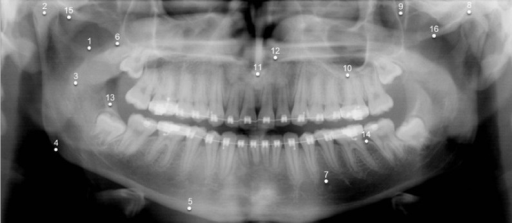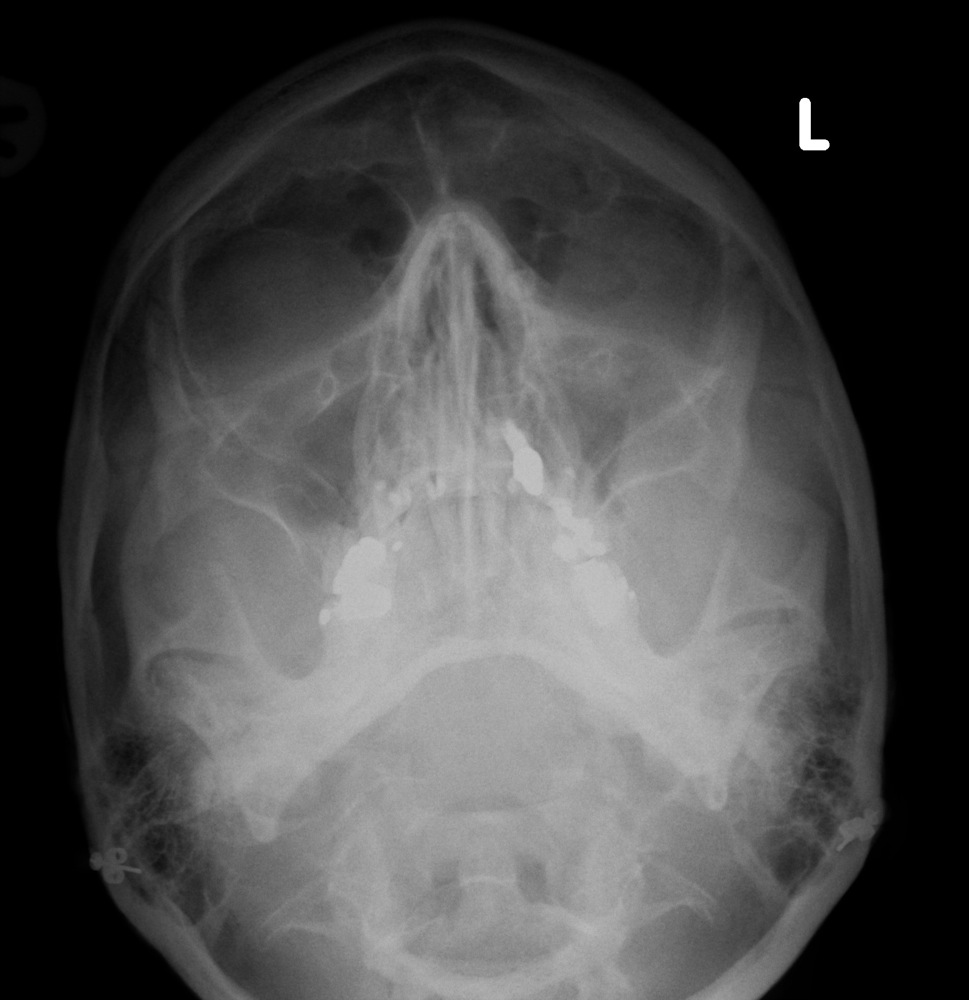
The brain case contains and protects the brain. The space inferior to the zygomatic arch and deep to the posterior mandible is the infratemporal fossa. The shallow space above the zygomatic arch is the temporal fossa. The zygomatic arch is formed jointly by the zygomatic process of the temporal bone and the temporal process of the zygomatic bone. The lateral skull shows the large rounded brain case, zygomatic arch, and the upper and lower jaws. Both the temporal fossa and infratemporal fossa contain muscles that act on the mandible during chewing.įigure 3. Lateral View of Skull.

Below the level of the zygomatic arch and deep to the vertical portion of the mandible is another space called the infratemporal fossa. On the lateral side of the brain case, above the level of the zygomatic arch, is a shallow space called the temporal fossa. One of the major muscles that pulls the mandible upward during biting and chewing arises from the zygomatic arch. Thus the temporal process (anteriorly) and the zygomatic process (posteriorly) join together, like the two ends of a drawbridge, to form the zygomatic arch. It is formed by the junction of two bony processes: a short anterior component, the temporal process of the zygomatic bone (the cheekbone) and a longer posterior portion, the zygomatic process of the temporal bone, extending forward from the temporal bone. The zygomatic arch is the bony arch on the side of skull that spans from the area of the cheek to just above the ear canal. Separating these areas is the bridge of bone called the zygomatic arch. Lateral View of SkullĪ view of the lateral skull is dominated by the large, rounded brain case above and the upper and lower jaws with their teeth below (Figure 3). The superior nasal concha is located just lateral to the perpendicular plate, in the upper nasal cavity. It is much smaller and out of sight, above the middle concha.

A third bony plate, also part of the ethmoid bone, is the superior nasal concha. Located just above the inferior concha is the middle nasal concha, which is part of the ethmoid bone. The larger of these is the inferior nasal concha, an independent bone of the skull. When looking into the nasal cavity from the front of the skull, two bony plates are seen projecting from each lateral wall. Each side of the nasal cavity is triangular in shape, with a broad inferior space that narrows superiorly. The upper portion of the nasal septum is formed by the perpendicular plate of the ethmoid bone and the lower portion is the vomer bone. Inside the nasal area of the skull, the nasal cavity is divided into halves by the nasal septum. An anterior view of the skull shows the bones that form the forehead, orbits (eye sockets), nasal cavity, nasal septum, and upper and lower jaws. The 22nd bone is the mandible (lower jaw), which is the only moveable bone of the skull.įigure 2. Anterior View of Skull. In the adult, the skull consists of 22 individual bones, 21 of which are immobile and united into a single unit. The rounded brain case surrounds and protects the brain and houses the middle and inner ear structures. The facial bones underlie the facial structures, form the nasal cavity, enclose the eyeballs, and support the teeth of the upper and lower jaws. It is subdivided into the facial bones and the brain case, or cranial vault (Figure 1). The cranium (skull) is the skeletal structure of the head that supports the face and protects the brain. Identify the bony openings of the skull.Identify the bones and structures that form the nasal septum and nasal conchae, and locate the hyoid bone.



 0 kommentar(er)
0 kommentar(er)
